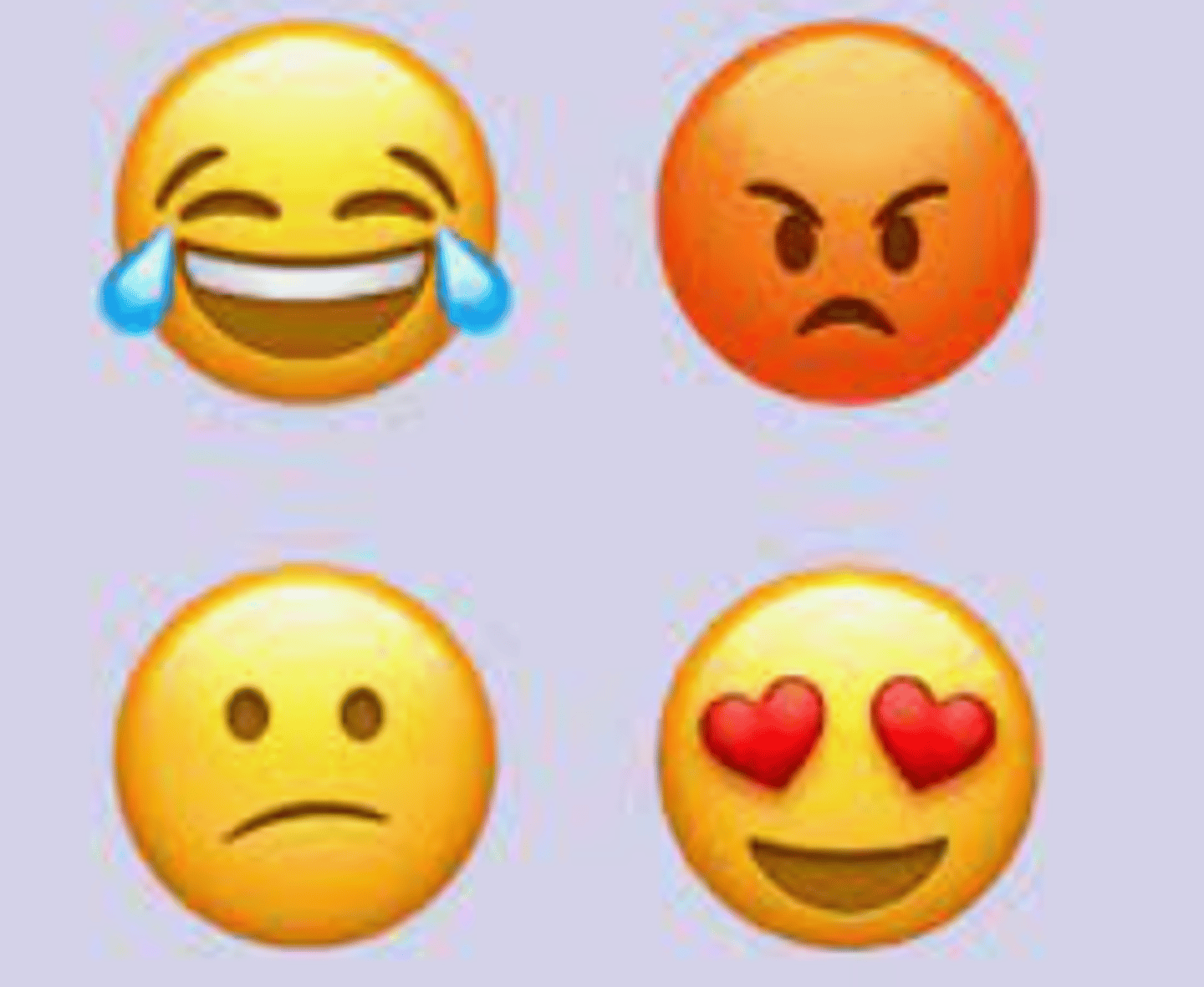RELS 12/13: Virtual relationships A03
1/4
There's no tags or description
Looks like no tags are added yet.
Name | Mastery | Learn | Test | Matching | Spaced |
|---|
No study sessions yet.
5 Terms
Explain how Whitty & Joinson's findings support the hyperpersonal model (4)
* People do manipulate self- presentation online
* Increase in hyperhonesty, e.g., more direct questions
* Increase in hyperdishonesty, e.g., fake dating profiles
* Lack of cues don't reduce self- disclosure, they enhance it
Outline the findings from (i) correlational / self- report studies and (ii) experimental studies in Ruppel's meta- analysis of self- disclosure in virtual relationships (3)
Correlational / self- report studies
* Self- disclosure slightly higher in face to face than virtual communication
* Correlation = 0.2 (i.e., more FtF, higher SD)
Experimental studies
* No difference in self- disclosure between face to face and virtual communication
* Studies measured breadth, depth and frequency of self- disclosure
Explain what conclusions can be drawn about reduced cues theory and the hyperpersonal model from Ruppel's meta- analysis (4)
* Neither theory clearly supported
* Evidence shows no / weak trends
* Variation in methods used and contexts tested
* Hard to draw general conclusions
Explain how Walther & Tidwell argue that cues are not necessarily reduced in online communication (3)
* People use other cues in virtual communication, e.g.,
* Timing of response
* Emojis and acronyms

Explain what is shown by the findings of McKenna & Bargh's study of computer mediated communication use by lonely / anxious people (4)
* Felt able to express true selves more in CMC
* 71% of relationships formed online survived > 2 years
* Higher than in relationships formed offline (1/2)
* Shows that gates inhibit, and absence of gates enhance, self- disclosure